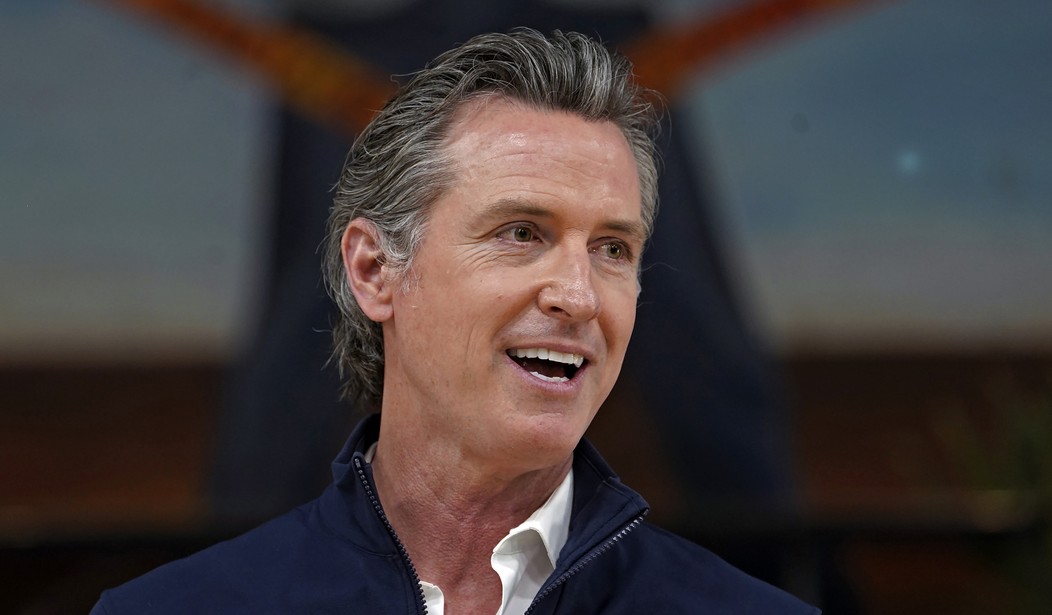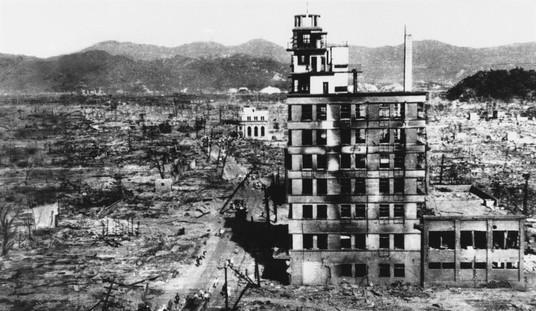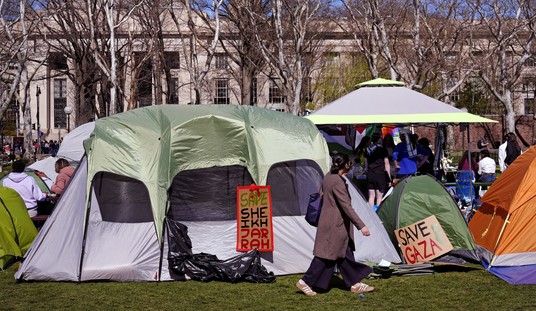Last summer, when a heat wave rolled across the western United States, California residents experienced energy blackouts as a result of a difficult-to-manage power grid. Even after that experience, which put residents’ health at risk due to excessive heat exposure, California continued its push to ban fracking, shut down nuclear power plants, and rely solely on renewable energy. Now, anew report from the North American Electric Reliability Corporation (NERC) states that “California is at risk of energy emergencies during periods of normal peak summer demand and high risk when above-normal demand is widespread in the west.”
The report says that there is a 400-megawatt shortfall expected at peak demand. This shortfall will come despite an addition of over 3 gigawatts, the majority of which will come from solar power, and an additional 675 megawatts of new battery storage systems. These increases are still expected not to be enough when California needs energy most and show that California hasn’t learned its lesson.
The issue last year, and likely this summer as well, was that when energy demand rose to peak demand—when people returned home after work in the late afternoon and the heat of the day remained—solar power production dropped off dramatically. While increased battery storage may help to overcome the lack of solar power production, California is still going to face difficulties with managing their energy grid this summer.
The NERC report does state that the increase of solar power and battery storage should help mitigate issues in the late summer, the time when California experienced the blackouts last year. But the reality is that currently, California is in a bad position to handle even normal summer energy grid demands.
California, as the sole state with a “high risk” status from the NERC report, paints a concerning picture of our nation’s energy future if the climate activists get their way and aggressive climate policies are embraced at the federal level. The Biden administration has certainly followed this aggressive climate policy path, particularly with the recent U.S. Paris Climate Agreement pledges of cutting greenhouse gas emissions by 50-52% by 2023 and having a net zero emissions economy by no later than 2050.
Recommended
Meanwhile, while often hailed as a “leader” and “example for other states” by climate activists, California has thrown itself headlong into embracing renewable energy and vilifying any other types of energy. But this has also already made their electricity generation unreliable and it’s only going to get worse if they continue down this policy path. Governor Newsom is pushing to ban fracking by 2024. The sole operational nuclear power facility in the state, which produces almost10 percent of the state’s energy, is scheduled to close beginning in 2024 as well. These are dangerous steps for California and puts Californians at risk.
Ironically, this isn’t even the best way to fight climate change and bring down emissions. Innovations that have made traditional fuel sources cleaner have driven our reduced emissions and improved environment.
Fracking made natural gas inexpensive, allowing it to overcome coal as the main source of electricity generation for our nation, a change which has helped us to greatly reduce emissions and keep energy costs low. Nuclear power, while playing a smaller role in our nation’s electricity generation at around20 percent, is carbon-free, cheap, and reliable. Our nuclear power capacity has remained stable at 20 percent for the last three decades but new technology coming online will reduce initial project costs and open up opportunities for additional nuclear power generation. Nuclear power has an important role to play in our clean energy future.
The rolling blackouts across the state last summer should have been a wake-up call for the state. Even now, this NERC report is warning state leadership once again that their energy policies are putting their residents at risk. California needs to change its course and show true leadership by recognizing the limitations of renewable energy and finding innovative ways to both reduce emissions and provide reliable, affordable energy to its residents. A first step will be to stop attacking nuclear power and fracking and stabilize their energy grid by incorporating these reliable and clean energy sources.
Charlotte Whelan is a policy analyst at Independent Women’s Forum and member of the Steamboat Institute’s Emerging Leaders Council.

























Join the conversation as a VIP Member